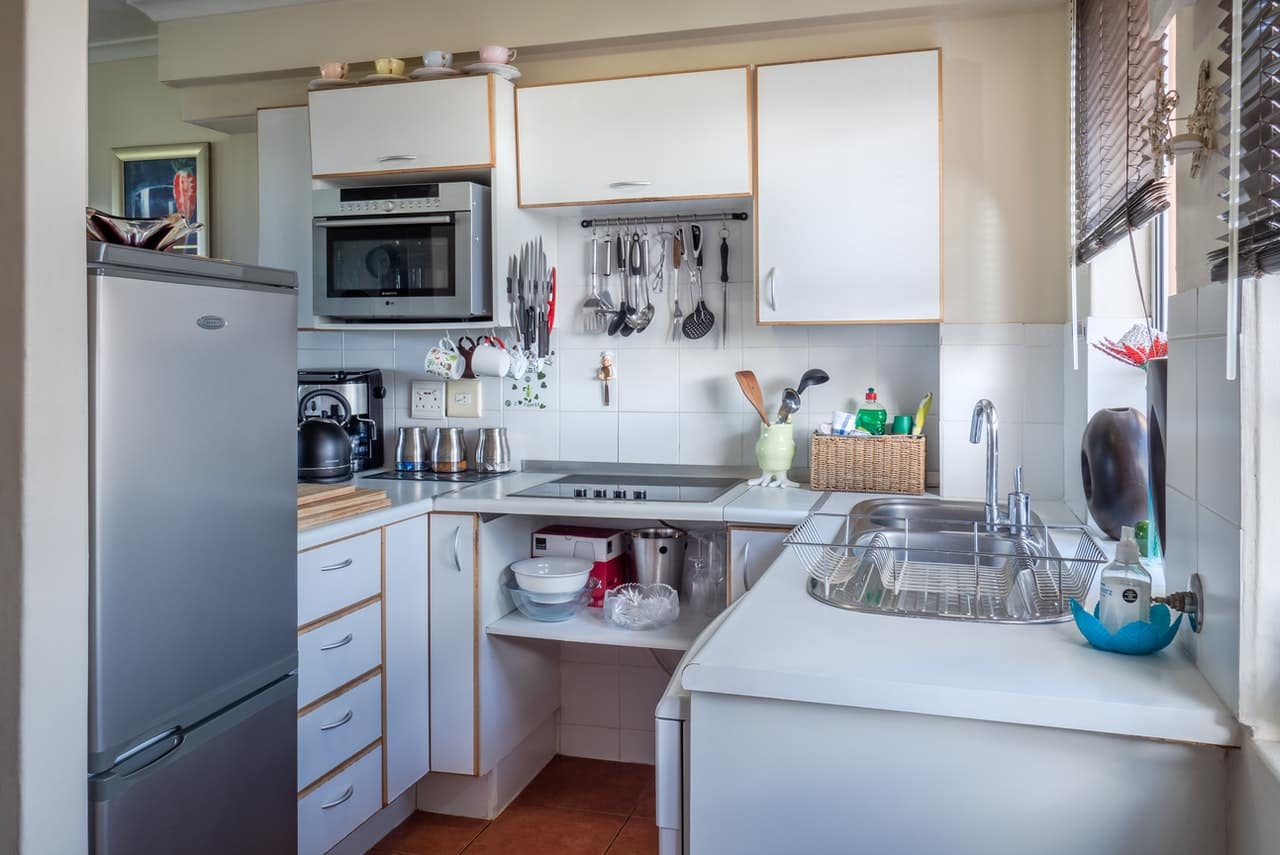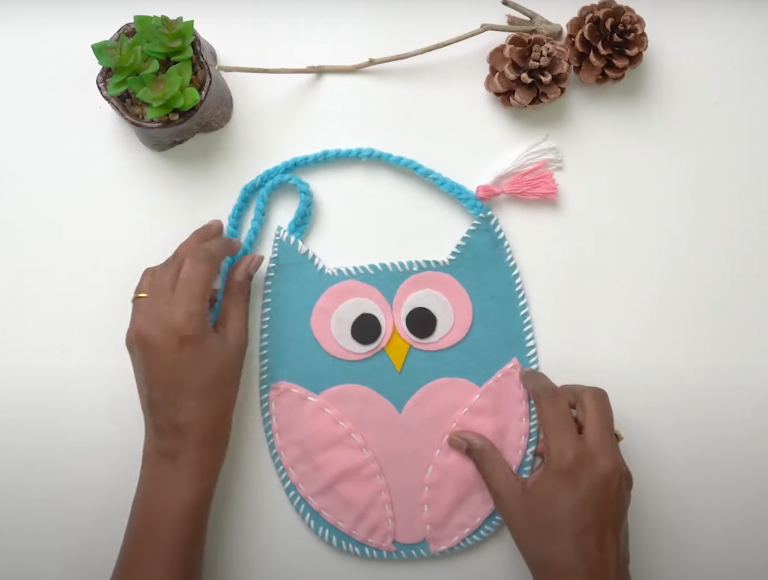Painting your kitchen cabinets can take a dated, dreary looking kitchen and make it look like new.
You may have dark stained wooden cabinets with out of style hardware that makes you feel like you are living in a cave.
Painting such cabinets white and installing new fashionable hardware will make your friends think you invested a fortune in having new cabinets installed.
In this guide you will learn how to paint kitchen cabinets all by yourself.

How to Paint Kitchen Cabinets
Painting kitchen cabinets is not a difficult process, but there are a few things you must do to create a quality look with a finish that will last.
Cabinets receive a lot of wear and tear and to avoid chipping or peeling you will want to follow these instructions.
- First, remove all the cabinet doors and lay them out flat on saw horses or a table.
Next, remove all cabinet hardware, including doorknobs, hinges, latches, etc. Do not paint over existing hardware. It not only looks messy and unprofessional it will cause a problem if you are planning on installing new hardware.
Chances are the new hardware will be a different size than the old and the unpainted surface will be visible beneath it.Next, clean the cabinet surfaces with a cleaner such as Krud Kutter, a product that can be purchased at Home Depot or Lowes.
Krud Kutter cuts grease but does not damage the wood so it is an excellent choice for this purpose. Rinse the surfaces and let the wood dry completely.
- When the wood is dry, sand the cabinet surfaces lightly with 220 grit sandpaper. The purpose of sanding at this point is to rough up the surface just a bit so the paint will adhere properly.
If you have any imperfections you may be able to take care of them at this point as well. Then apply a coat of quality oil based primer.
An oil based primer and oil based paint should be used when painting kitchen cabinets, or any surface that receives a lot of bumping and handling. Although latex paint is getting better and better, oil still produces a harder, more durable finish.
After the primer dries, it is a good idea to sand the cabinet surfaces lightly once again, particularly if there are any rough or uneven areas.
When painting kitchen cabinets, there is a slight possibility that the cabinet surface will not be able to be sanded without damaging the surface. If this is the case, prime the cabinets first and then sand. You can sand a primed surface.
- Next apply a high quality oil paint finish coat to all cabinet surfaces.
Select a finish that suits your taste and decor.Your choice should be a satin finish which has a slight gloss, a semi-gloss which has a little more gloss or a gloss finish that has the most shine to the finish.
Paint all surfaces by brush the first coat. Follow the instructions on the can for drying times between coats. If necessary, apply a second coat.
For a smooth, cabinet finish look, paint the last coat with a small wiz roller using a foam roller cover, particularly on the cabinet door faces. This will give you a smooth and beautiful look.
Final Thoughts
Learning how to paint kitchen cabinets is not a difficult process. Be sure and buy quality products and take your time to allow for proper drying.
Oil base paints take longer to dry than latex paints, but once oil paint is completely dried and cured it will resist scratching, nicking or peeling much better than latex paint.




